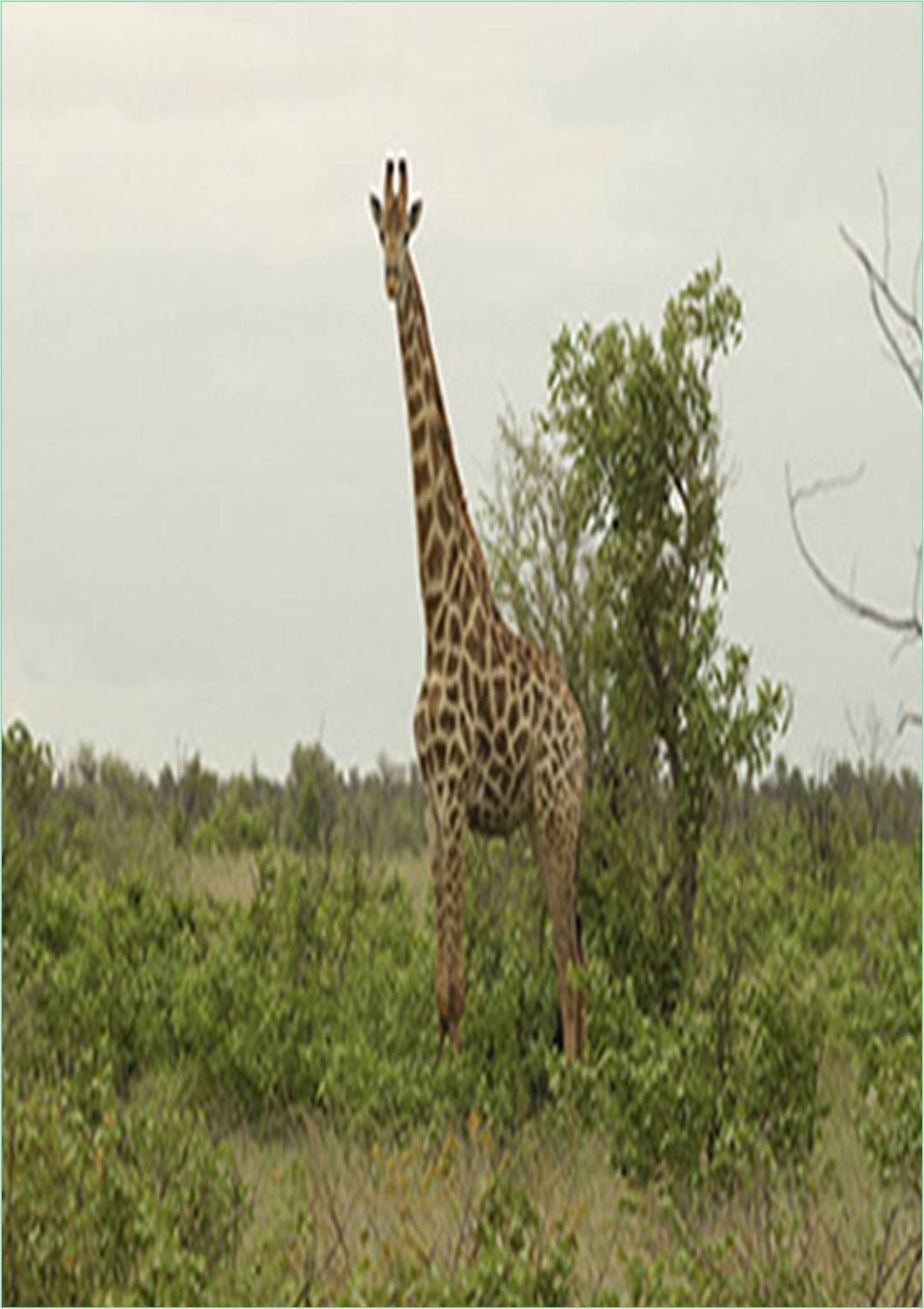



Received: 02-Aug-2022, Manuscript No. GJAEB-22-74090; Editor assigned: 04-Aug-2022, Pre QC No. GJAEB-22-74090 (PQ); Reviewed: 19-Aug-2022, QC No. GJAEB-22-74090; Revised: 26-Aug-2022, Manuscript No. GJAEB-22-74090 (R); Published: 05-Sep-2022, DOI: 10.15651/ GJAEB.22.10.009
Soil is an essential component of the environment and is inappropriate for the removal of the residues. It acts as a characteristic cushion, controlling the transport of chemical substances and components to the atmosphere and biosphere. Soil is the fundamental foundation of agricultural resources, environmental quality, and food security and remains vital for the world sustainability. Soil is one of the most important natural sources on which lives of all plants, animals and microorganisms directly and indirectly depended. In soil, various microorganisms thrive on abundantly present nutrients there in and through different interactions plays a pivotal role in cycling of nutrients and pedogenesis. Soil is a complex environment where various microorganisms play important roles in soil fertility and plant efficiency through the interactions with both biological and physico chemical substance segments. The rhizosphere is the narrow region of soil that is directly influenced by root secretions and wealth of the microorganisms interrelationship. Free living rhizobacteria are root adhering microbes associated with rhizosphere region and structure symbiotic relationship with numerous plants and determined by various mechanisms, including plant secretion of explicit organic compound competition for nutrient supplements.
Rhizosphere has been comprehensively subdivided into following three zones. Endorhizosphere that comprise the root tissue including the endodermis and layers. Rhizoplane is where soil particles and microorganisms consists of epidermis, cortex and mucilage polysaccharide layer. Ecto rhizosphere that consists of soil immediately nearby the root. Stimulation of microbial multiplication around the root due to the release of different organic compounds by the roots is known as the rhizospheric impact. The ability to secrete a vast array of compounds into the rhizosphere is one of the most remarkable metabolic highlights of plant roots.
Soil contamination by anthropogenic activities is a critical issue worldwide with implications not only for the sustainability of the biological system as well as for human health. Soil is a polluted with heavy metals and lethal metal for plant growth and metabolism. Among soil contaminations, heavy metals are components of specific concern, as a most of them do not undergo microbial and chemical degradation, remaining in the soils for long period of the time. Environmental contamination is a major concern worldwide because of intensive anthropogenic exercises and extensive industrialization, which release pollutant having different types of organic, inorganic as well as heavy metal toxins.
Among major essential inorganic pollutants, heavy metals are the one, which accumulates in the environment and contaminated the food chain because of their nonbiodegradable nature. Heavy metal contamination caused by mining, steel production, and the electroplating has induced an adverse effect on the environment, which threatens the health of human beings and the dependability of ecosystem. contamination has already become one of the most serious environmental issues and the remediation of active heavy metal particles is of great importance. With increasing industrialization and disturbance of characteristic bio geochemical cycles, heavy metal contamination presents a serious threat to natural biological systems and human health. Some of the tracecomponents present in low concentrations are important elements in human and plant physiology however can be toxic if present in higher concentrations.